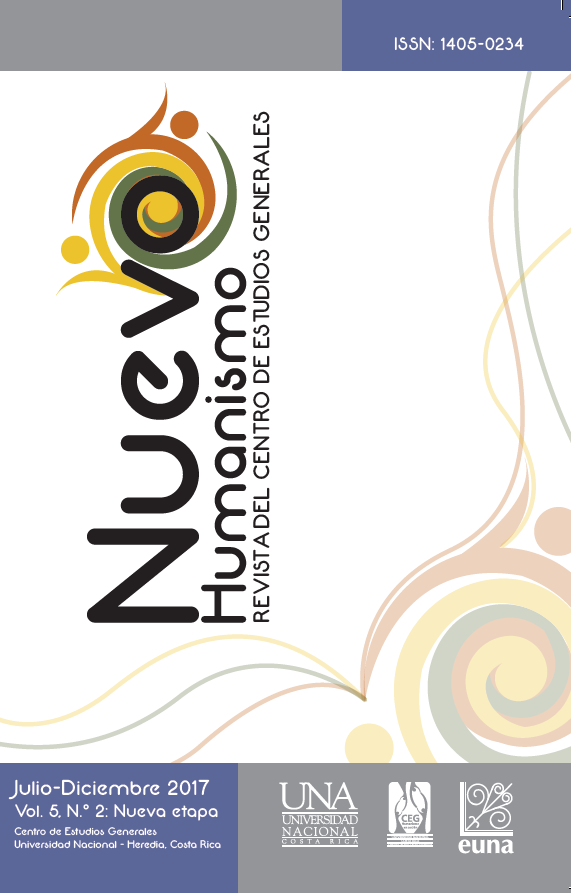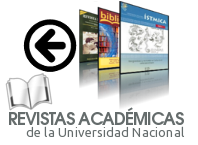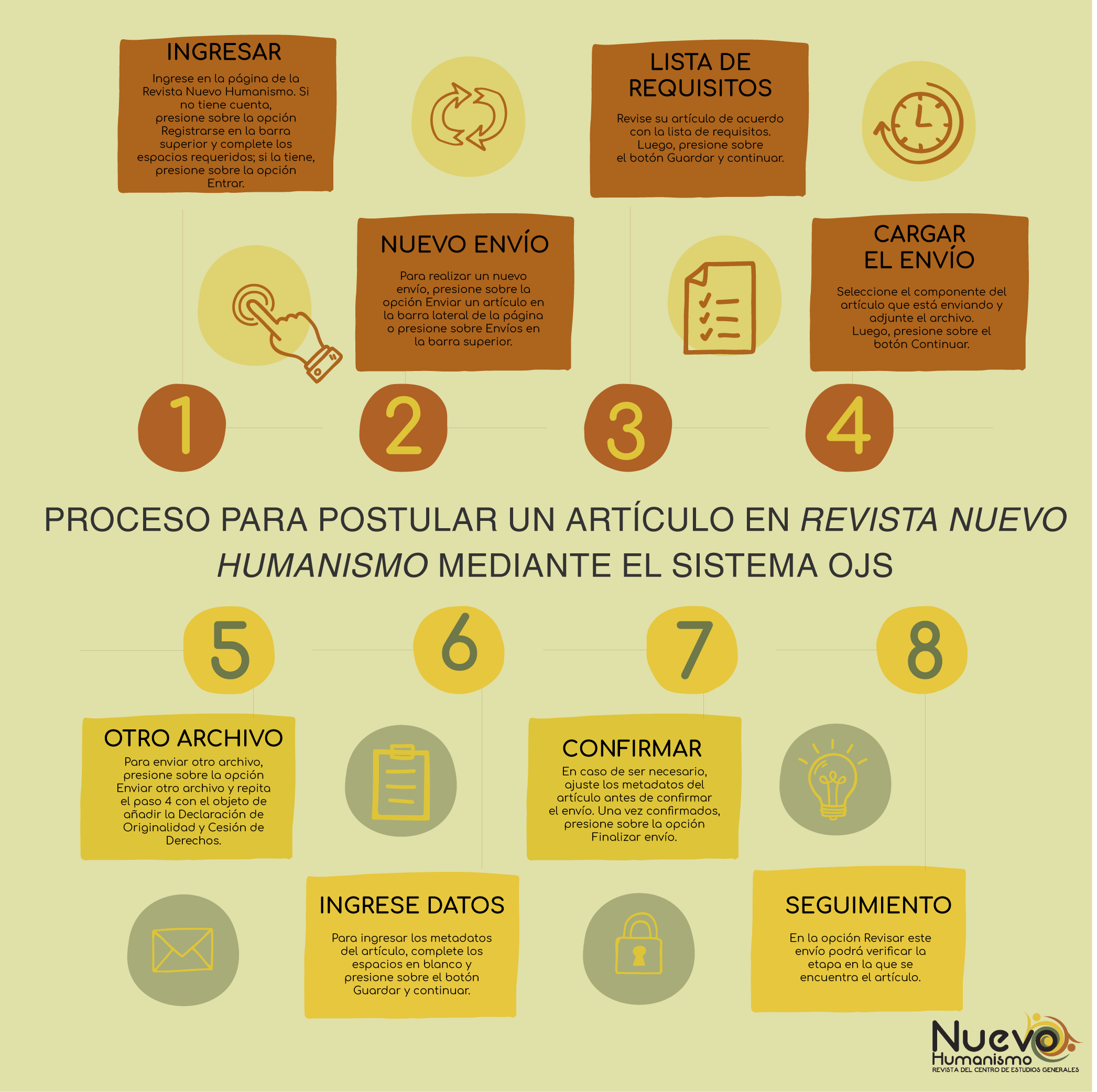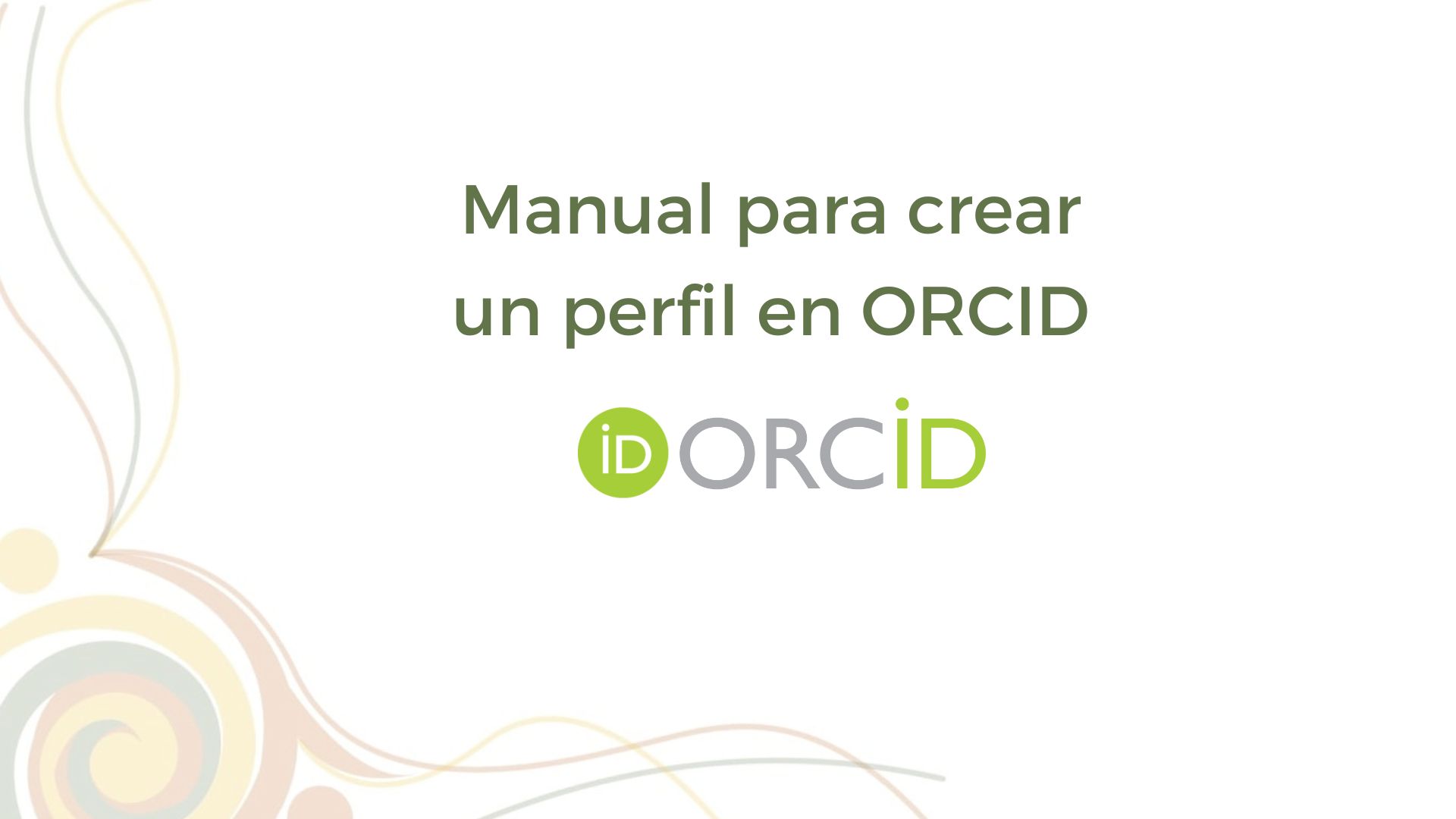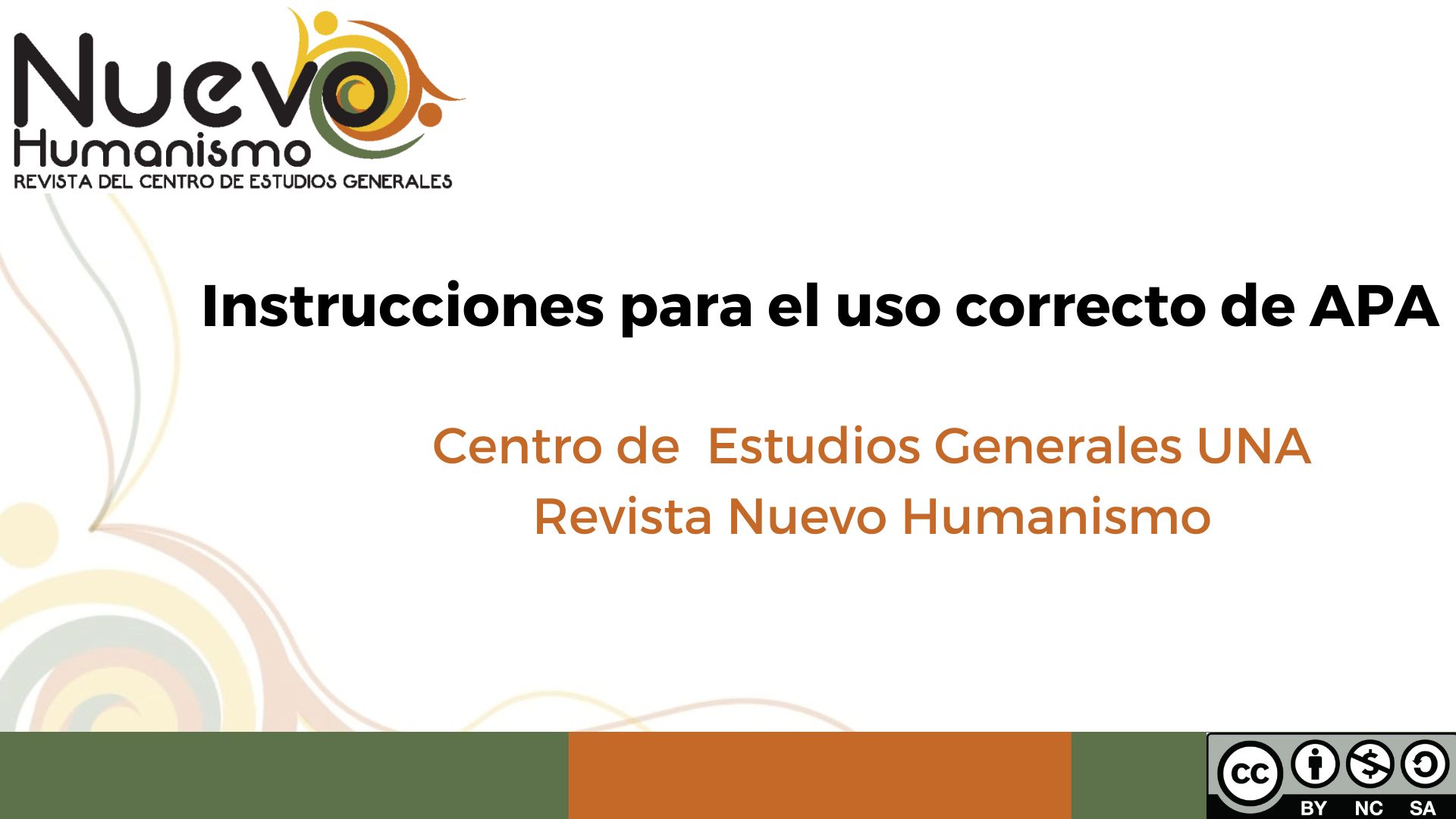The Humanist Path of Literature: a Personal Chronicle
DOI:
https://doi.org/10.15359/rnh.5-2.5Keywords:
humanism; existential realism; multidimensional realism; creation; literary praxis; emancipatory praxis.Abstract
This essay presents the literary experience of its author, the way it started, how it evolved, and the manner in which it became intertwined in a dynamic and profound fashion with its own inner life. However, this work not only explores the way in which the literary praxis irrupts in author ́s the personal life, because this essay also tries to locate this topic within a larger discussion concerning creativity, humanism, the human condition, and a proposal for a literary perspective which the author defines as “existential realism”, geared towards an emancipatory praxis thru the fictional writing experience itself. This essay deals with the literary experience of the author himself, the manner in which this
experience was born, produced, and intertwined dynamically and profoundly with his own inner life. However, this work does not only explore the way how the literary praxis breaks into the personal life of the author, but this disquisition presented here is placed within a broader discussion on the creation, humanism, the human condition, and a proposal for a narrative work the author defines as “existential realism.” This literary praxis is oriented to be lived as an emancipatory praxis through the experience of writing fiction. The author points out that the way of the literature is only a very personal and intimate option, an individual decision of profound ramifications and, in general, of drastic and prolonged consequences on the person who decides to follow the imaginary path for the rest of his/her life. It is, in advance, a non-existent path that has no sure destination, as it has no map, no discernible direction. It is a path just traced in the invisible and slight web of the mind of whoever decides to become a writer. This decision is presented as one that, once made, there is no chance to escape unscathed from such an adventure. From the psychological point of view, it is considered as a vice and is accompanied with ecstasy and pain, but more and more satisfactory. Two aspects are shown as even more important and decisive for the author: the vocation and pleasure. Thus, the article is developed: Why does someone write?, how writing is carried out?, how do I write?
References
Ackroyd, P. (2009). Poe. Una vida truncada. Barcelona: Edhasa.
Bakhtin, M. (1982).The Dialogic Imagination: Four Essays. Austin and London: University of Texas Press.
Baraona, M. (2010). Sak’umesh. San José-Costa Rica: Editorial Germinal.
Baraona, M. (2011a). Diez ensayos críticos. San José, Costa Rica: Editorial Germinal.
Baraona, M. (2011b). Prefacio no publicado a la novela Sak’umesh. San José, Costa Rica.
Baraona, M. (2015). El imperio de la espuma. San José, Costa Rica: EUNA.
Baraona, M. (2016). Culpeo. San José, Costa Rica: EUNA.
De Sade, D. A. F. (2009). Justine o los infortunios de la virtud. Argentina: Editorial Fundamentos.
Gorey, E. (1997). The Gashlycrumb Tinies. New York: Pomegranate Calendar & Books.
Hauser, A. (1951). Historia social de la literatura y el arte. Buenos Aires: EUDEBA.
Hauser, A. (1975). Sociología del arte. Buenos Aires: EUDEBA.
Jung, C. G. (1981). The Archetypes and The Collective Unconscious. (Collected Works of
C.G. Jung. Vol. 9, Part 1). Princeton: Princeton University Press.
Korichi, M. (2007). Notions d’esthetique. France: Gallimard.
Kundera, M. (1986). El arte de la novela.España: Tusquets.
Melville, H. (1851). Moby Dicko la ballena blanca. México: Clásicos de Bolsillo.
Molina, I. (2004). La estela de la pluma: cultura impresa e intelectuales en Centroamérica durante los siglos XIX y XX.San José, Costa Rica: EUNA.
Orwell, G. (1931-1946) (2004). Why I Write? London: Penguin Books.
Pearce, J. (2007). Solzhenitsin. Un alma en el exilio. España: Ciudadela Libros.
Robertson-Lorant, L. (1998). Melville: A Biography. Amherst: University of Massachussets Press.
Robles, Ó. (2016). La complejidad narrativa y el tema “el paraíso perdido” en “Pedro Páramo” de Juan Rulfo. Recuperado de https://roblesoscar6.blogspot.com/2016/04/la-complejidad-narrativa-y-el-tema-de.html
Sartre, P. (1945). El existencialismo es un humanismo. Bogotá: Editorial Recodo.
Smiley, J. (2007). Thirteen Ways of Looking at the Novel. New York: Knopf.
Troyat, H. (1967). Tolstoy. New York: Doubleday & Company, Inc.
Van Bergen, J. (2007). Archetypes for Writers: Using the Power of Your Subconscious. California: Michael Wiese Productions.
Wright, E. (2000). Speaking Desires can be Dangerous: The Poetics of the Unconscious. San Francisco: Polity.

